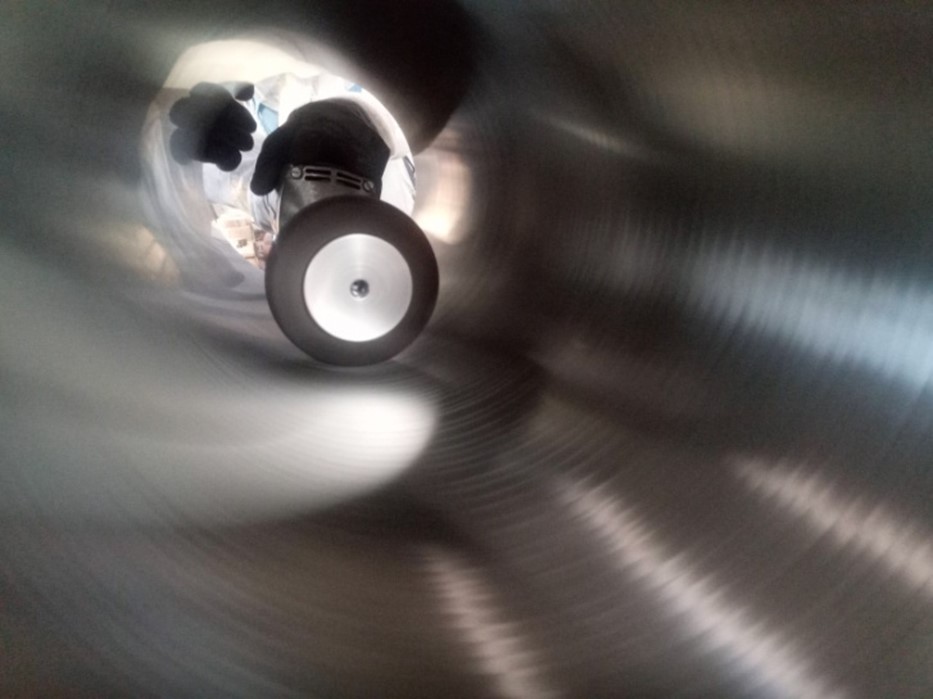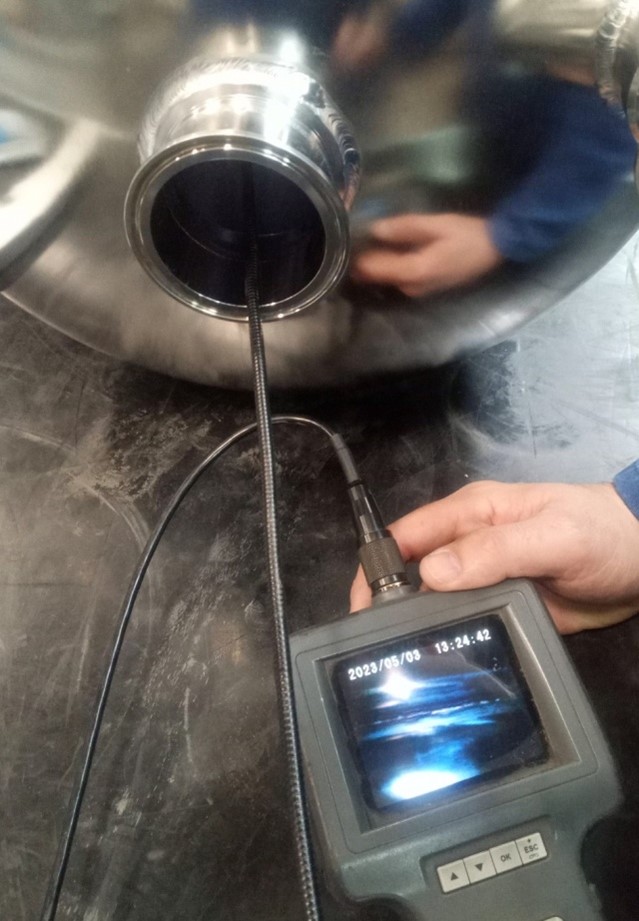Production of MARK ECO equipment
Manufacturing
Our company focuses on providing customized solutions for various industrial needs. We are committed to fulfilling the specific requirements of our customers and exceeding their expectations with the highest quality equipment. With our expertise in welding and the production of pressure vessels, we ensure that each product is manufactured to the highest standards. Our dedication to quality is supported by international certifications such as ISO and TÜV, ensuring that our equipment meets the highest international standards. As a key player in the market, we offer reliable and high-quality solutions that are essential for success in modern industrial environments.


Certificates
The MARK ECO equipment for limescale removal is designed and produced according to strict production standards, ensuring quality and reliability. The manufacturing process is certified according to
EN ISO 3834-2:2005,
EN ISO 9001:2015,
TÜV 2014/68/EU,
and international standards for quality management systems and welding quality requirements.
The MARK ECO equipment can comply with relevant industry standards, as agreed with customers, such as
EN 13445,
AD 2000, and
ASME, to ensure safety, performance, and environmental responsibility.
Quality
To maintain the highest quality standards, only high-quality materials and components are used in the MARK ECO equipment, and each unit undergoes rigorous testing and quality control procedures before shipping to customers.
- 100% visual inspection of welds inside and outside,
- 100% visual control of the surface of the basic materials,
- 100% endoscopic control of the inside areas of the equipment.
By adhering to strict production standards, the MARK ECO equipment meets or exceeds the expectations of customers for performance, safety, and sustainability.
Each MARK ECO equipment is submitted to a pressure test Pt=1.5 x Pmax with a duration of 30 minutes.
A computational fluid dynamics analysis of the MARK ECO equipment is performed for the specific application of the described volumetric flow rate. The computational method used is the Finite volume method.
